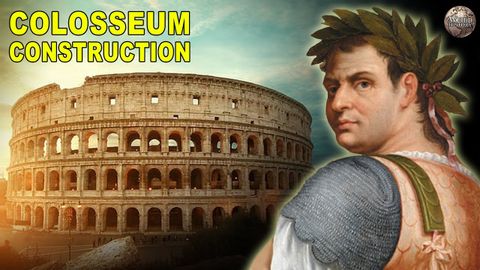罗马竞技场的建造方式(How the Roman Colosseum Was Built)
joey joey 發佈於 2021 年 05 月 20 日  沒有此條件下的單字
沒有此條件下的單字US /ɪˈvɛntʃuəli/
・
UK /ɪˈventʃuəli/
US /saɪməlˈtenɪəslɪ/
・
UK /ˌsɪməl'teɪnɪəslɪ/
US /ˈstrʌk.tʃɚ/
・
UK /ˈstrʌk.tʃə/
- n. (c./u.)結構;建築物
- v.t.構成;組織
US /ˈtɪpɪklɪ/
・
UK /ˈtɪpɪkli/

